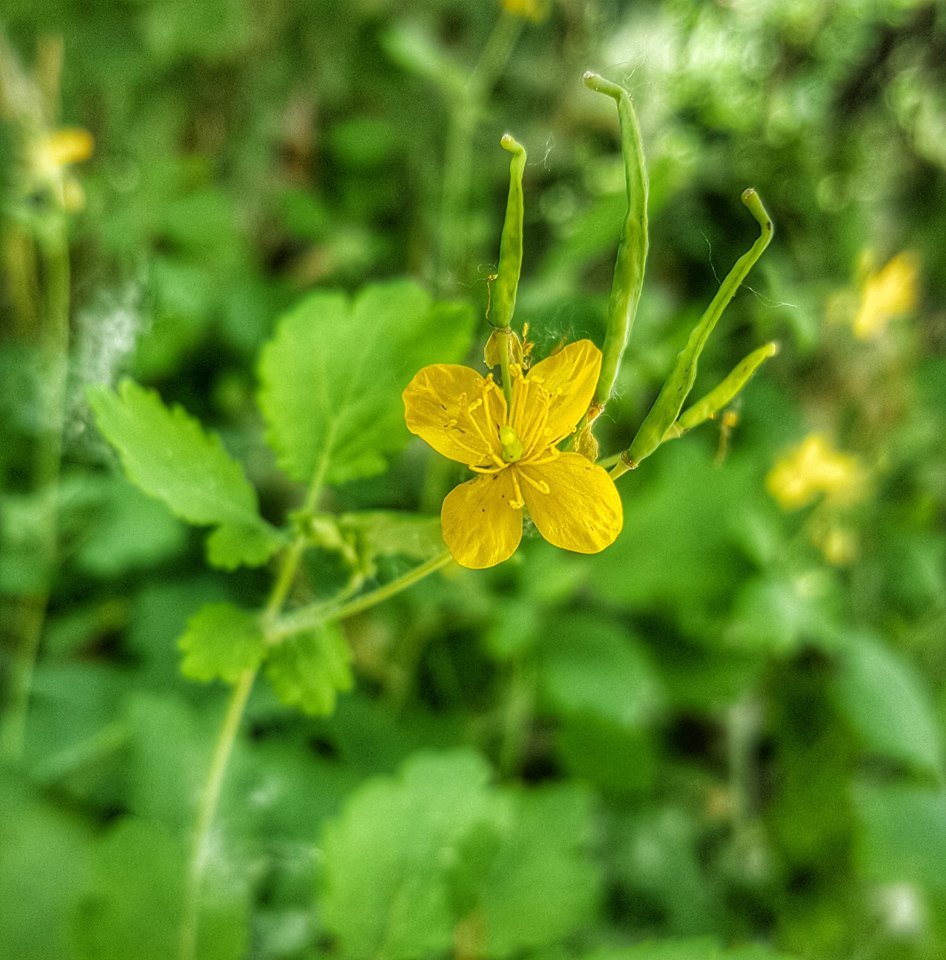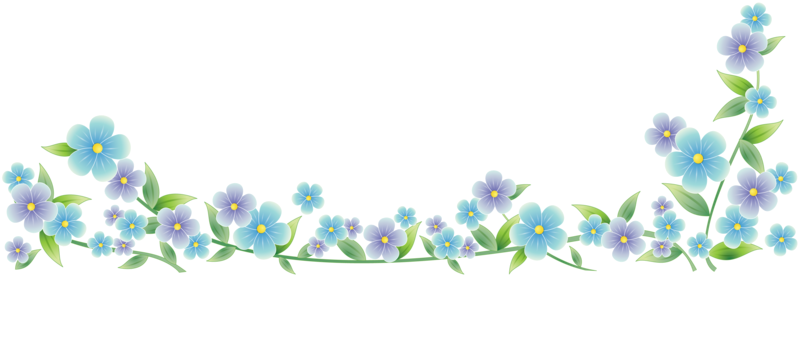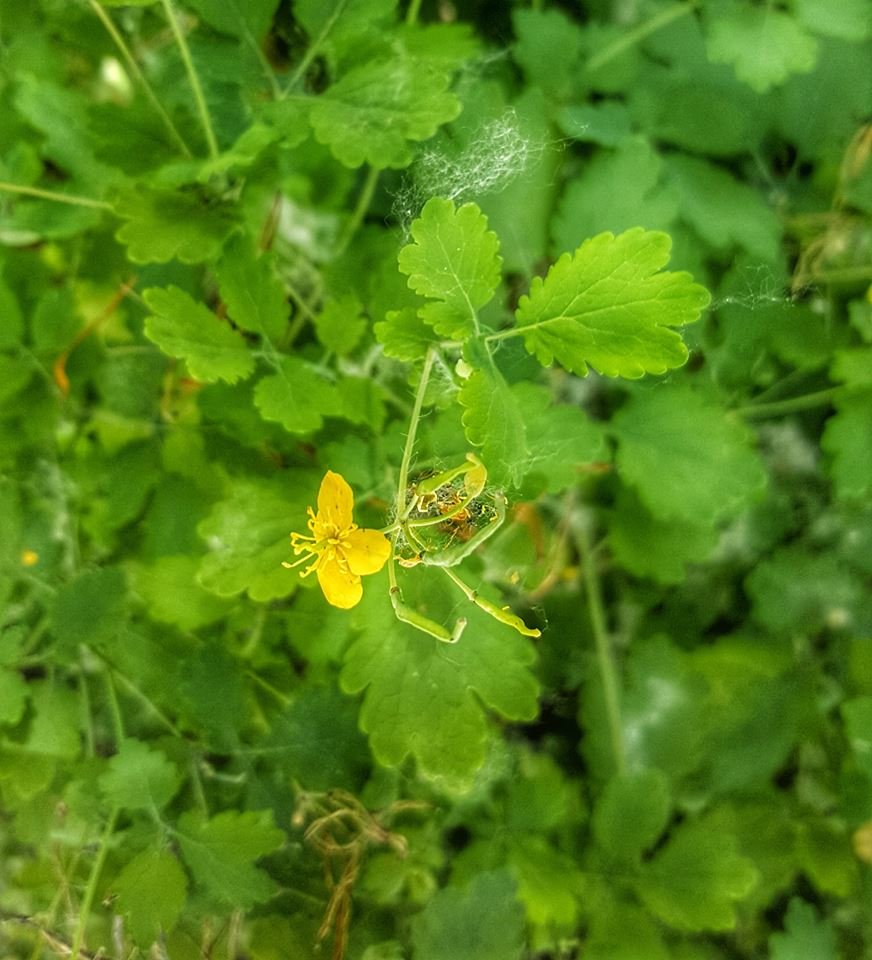
When I was a child I collected these "flowers", every time I was bringing them home my father told me that is not an ordinary flower, but a healing one.
I was around 10 years old, of course I did not understand him ... till one day when I had a skin problem and my father told me :
- Go and bring me that yellow flower, you will see now what you can do with it.
So I went and collected some of them, my father made a paste out of it and put it on my hand where I had that skin problem. It healed by miracle!
So, this is "The gift of heaven" or celandine powerful remedy for 150 disorders !

Celandine is recommended as a cure over 150 diseases, dermatosis from trivial to dreaded cancer or viral infections, yet impossible to treat with current medications.
Therapeutic indications :
Celandine is recommended in herbal therapy of liver disease, in the healing of skin diseases, warts, in cases of jaundice, constipation, rheumatism etc.
🔊 liver disease, oral herpes and genital herpes, cancer, digestive spasms, Indigestion and dyspepsia, migraine bile, pancreatitis.
How to collect and how to keep celandine
Celandine is collected from the aerial parts of the plant, the stem, leaves and flowers, with care not to plant the root, which will grow then other strains. Harvesting is done in sunny days without rain (rain favors browning plant, leading to degradation of the active principles). Immediately after collection, celandine strains are put to dry in a thin layer in a shady place and free of moisture. From half a kilogram of fresh plant results in about one hundred grams of dried plant material. Fresh strains of celandine give a juice (latex) orange, which is very important medicinal properties, which no longer retains the dried plant.
From Wikipedia, the free encyclopedia:
Celandine ( /ˈsɛləndaɪn/ or /-iːn/ is a common name for three species of flowers:
Chelidonium majus, greater celandine, in the poppy family;
Ficaria verna, Lesser celandine (formerly Ranunculus ficaria), in the buttercup family;
Stylophorum diphyllum, celandine-poppy, in the poppy family.
The pictures are made with my smartphone Samsung S6 Edge and editated with Snapseed on the day of 2nd January 20018 from my parents garden in Constanta - Romania!


If you want to participate in "World wild flora contest is officially open !" click here
The contest
Starting from today - 1st of June - I will organize a weekly contest. It will be named WORLD WILD FLORA.
The prize: 3 SBD + 50% of @worldwildflora SBD earnings in the week of the contest.
Rules
The article in the contest must contain:
- an original photography of a single wild plant, (you can add multiple photos but only from the same species)
- the Latin, English and the local name of the plant
a short scientific description - if the plant falls under the medicinal or edible category, you can describe how it is used
- a minimal description of the photography (camera, lens, exposure, iso etc.)
- date and place where the photo was taken
- references for the information presented in your article.
- one of the hashtags used must be #worldwildfora.
- vote for the last post of @worldwildflora (starting with this post and after that the post with the winner of the contest)
- comment in the last article of @worldwildflora with the link to your post.
The winner will be announced each Sunday and the prize will be paid on Monday.
Funding
The contest will be sponsored by @rbm and his friends.
25% of earnings will be returned proportionally to delegators as incentive.
